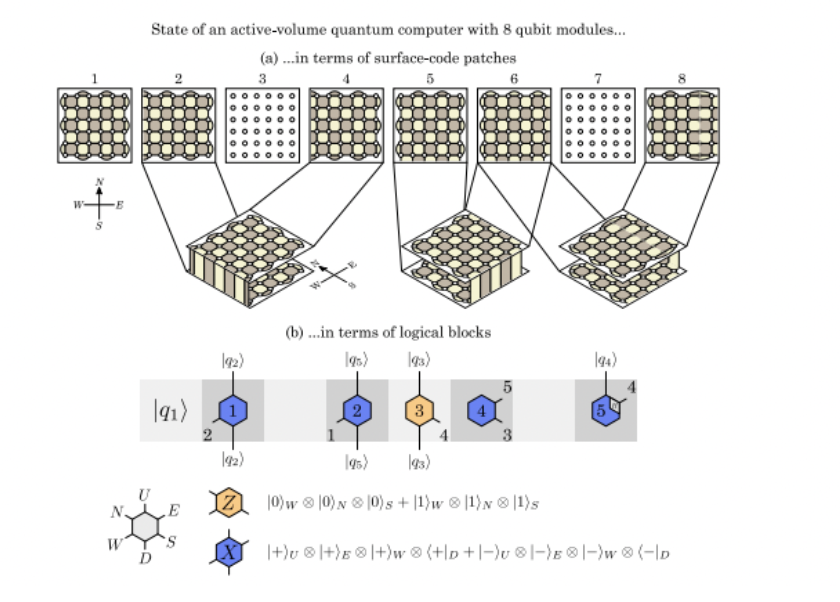Featured Publications
Whilst holding great promise for low noise, ease of operation and networking, useful photonic quantum computing has been precluded by the need for beyond-state-of-the-art components, manufactured by the millions. In this paper, we introduce a manufacturable platform for quantum computing with photons.
This paper presents optimized algorithms for simulating the Fermi-Hubbard model and models of high-temperature superconductors on early fault-tolerant quantum computers, reducing gate and qubit requirements. These advancements could facilitate the study of complex materials that are challenging to simulate classically
Cracking cryptographic protocols is a well-known impact area for fault-tolerant quantum computing. Clearly it is important to estimate just when quantum computers will impact cryptography. However, this is a technically challenging task, involving careful evaluation of the resources needed by quantum algorithms in light of numerous architectural and hardware specific considerations.
We recently announced a new approach to vastly increasing the efficiency of running quantum algorithms. We call it the Active Volume Architecture. The key insight is that if you have access to certain hardware capabilities then you can obtain remarkable reductions in the running costs of commercially useful quantum algorithms (for example, reducing running costs by around 50x for factoring algorithms).
Fusion based quantum computation (FBQC) is designed to implement fault-tolerant quantum computing with the photonic hardware used at PsiQuantum. By efficiently using native operations this approach can be more robust against errors, allowing it to tolerate approximately five times more photon loss compared to previous photonic architectures. Importantly, the approach is modular, which means it can be scaled across multiple machines without a significant loss of performance.
Over the past three decades significant reductions have been made to the cost of estimating ground-state energies of molecular Hamiltonians with quantum computers. However, comparatively little attention has been paid to estimating the expectation values of other observables with respect to said ground states, which is important for many industrial applications.
Additional Resources
Cracking cryptographic protocols is a well-known impact area for fault-tolerant quantum computing. Clearly it is important to estimate just when quantum computers will impact cryptography.
We recently announced a new approach to vastly increasing the efficiency of running quantum algorithms. We call it the Active Volume Architecture…
Over the past three decades significant reductions have been made to the cost of estimating ground-state energies of molecular Hamiltonians with quantum computers….
Over the past three decades significant reductions have been made to the cost of estimating ground-state energies of molecular Hamiltonians with quantum computers. However, comparatively little attention has been paid to estimating the expectation values of other observables with respect to said ground states, which is important for many industrial applications.
The widespread adoption of electric vehicles rests on developing faster charging, longer lasting battery technology – the critical enabler for transitioning away from internal combustion engines. PsiQuantum has been working with Mercedes Benz to assess just how advanced a quantum computer must be to revolutionize Lithium-ion (Li-ion) battery design.
Jeremy O’Brien, CEO and Co-Founder of PsiQuantum, delivers a keynote a the Sydney Quantum Academy’s Quantum Australia Conference 2023 with a focus on PsiQuantum’s recent technical progress on its mission to deliver the world’s first fault tolerant quantum computer.
The promise of tremendous computational power, coupled with the development of robust error-correcting schemes, has fuelled extensive efforts to build a quantum computer.
Author: J. L. O'Brien, G. J. Pryde, A. G. White, T. C. Ralph & D. Branning, Nature volume 426, pages 264–267 - Published: Nov 20, 2003
In 2001, all-optical quantum computing became feasible with the discovery that scalable quantum computing is possible using only single-photon sources, linear optical elements, and single-photon detectors.
Author: Jeremy O'Brien, Science Vol. 318, Issue 5856 - Published: Dec 07, 2007






